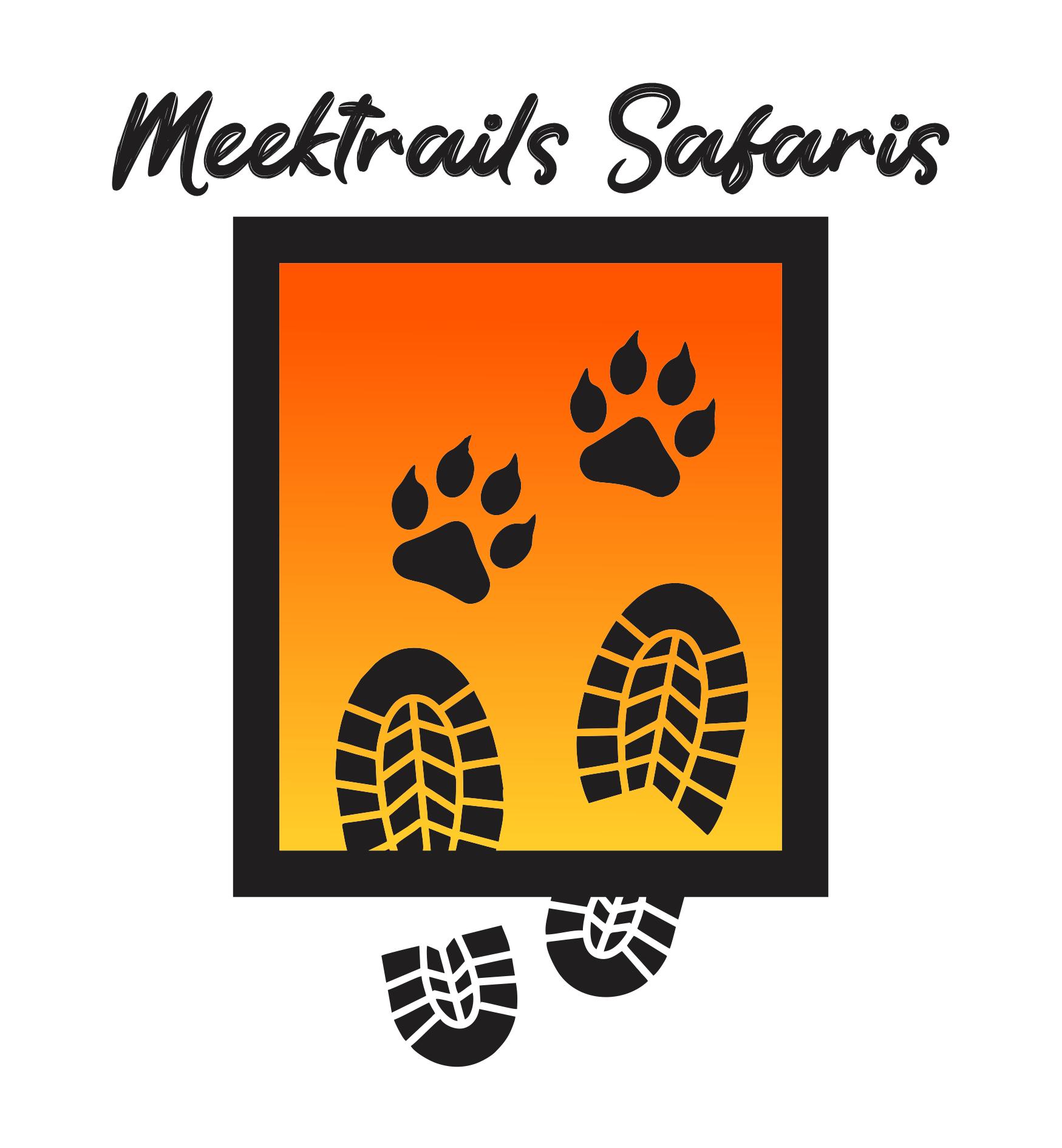Kenya is a land of astonishing beauty and climatic diversity, offering everything from tropical coastlines and dry savannas to cool highlands. Whether you’re planning your first safari or your tenth, understanding when and where to go can make all the difference. Here’s your ultimate guide to Kenya’s climate and the best times to embark on your safari adventure.
Climate Overview
Kenya’s climate is as varied as its landscapes. Here’s a snapshot of what to expect:
- Coast: Think tropical paradise with an average of 27°C year-round.
- Hinterland: Enjoy the balmy range of 21°C to 27°C, perfect for those endless savanna views.
- Nairobi and Highlands (over 1,500 meters): Crisp and refreshing, ranging from 19°C to 24°C.
Kenya’s Safari Seasons
Low (Wet) Season – April/May and November/December
During the ‘long rains’ from April to June and the ‘short rains’ from November to December, Kenya transforms into a lush, vibrant wonderland. Rain usually falls in brief, powerful tropical downpours in the late afternoon and evening.
Pros:
- Abundance of baby animals: Who can resist the sight of newborn wildlife?
- Lush green landscapes: Perfect for photography with the best light of the year.
- Affordable accommodations: Save big on lodging.
- Less crowded: Enjoy a more intimate experience with fewer tourists.
- Bird-watching paradise: April and May are top-notch for avid birdwatchers.
Cons:
- Wettest months: April and May can get quite soggy.
- Muddy roads: Getting around can be tricky.
- Coastal heat: It’s hot and humid along the shore.
- More mosquitoes: Bring the repellent!
Shoulder Season – June, January, February and March
With the rains mostly behind, this season offers a more predictable climate, though light showers may still occur, and nights at higher altitudes can be cool.
Pros:
- Mild weather: Cool and comfortable, perfect for exploring.
- Green grasslands: Still lush and alive.
- Bird-watching: Delightful for those keeping an eye to the skies.
- Great Migration anticipation: The excitement builds as the Great Migration moves into the Masai Mara.
Cons:
- High grass: Less optimal for spotting wildlife.
- Variable nights: June can be chilly, especially in the highlands.
High (Dry) Season – July, August, September, and October
These months mark Kenya’s winter, bringing cooler mornings and evenings, especially in the highlands. Pack some warm layers for those early game drives!
Pros:
- Wildebeest migration: July, August, and September are prime months to witness this epic event.
- Sunny and clear skies: Picture-perfect weather.
- Lower malaria risk: Always a plus.
- Reliable wildlife viewing: Animals gather around dwindling water sources.
Cons:
- Higher costs: Accommodations are pricier.
- Crowded parks: Popular spots can be bustling.
- Advance booking needed: Plan ahead to secure your spot.
- Fewer baby animals: But plenty of other wildlife to admire!
When to Visit Kenya’s National Parks and Game Reserves
For the ultimate Kenya safari experience, plan your visit from July to September during the dry season, when wildlife viewing is at its peak and the Great Migration is in full swing. Kenya’s two rainy seasons, the ‘short rains’ (November to December) and the ‘long rains’ (March to May), offer lower crowds and lush landscapes, making them a great time for budget travelers and birdwatchers.
Top Travel Window for Specific Parks:
- Amboseli National Park: Best from January to March and June to October.
- Masai Mara Game Reserve: Peak months are January to March and June to December.
- Samburu National Reserve: Optimal from January to March and June to October.
- Laikipia Plateau Area: Great viewing from January to March and June to October.
- Aberdare National Park: Visit from January to March and June to October for fantastic wildlife encounters.
Ready to immerse yourself in Kenya’s stunning wildlife and diverse climates? Explore our bespoke safari packages and book your adventure today at meektrailssafaris.com. Start your journey now for an unforgettable African safari experience!






